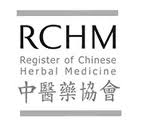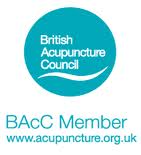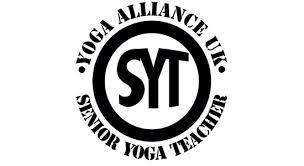
Acupuncture and TCM
Acupuncture is one of the major branches of traditional Chinese medicine (TCM). Traditional Chinese medicine has mapped more than 2,000 acupuncture points on the human body, which connect with 12 main and 8 secondary pathways called meridians. These meridians conduct energy, or Qi flow between the surface of the body and the related internal organs.
The main meridians are classified into two opposing categories: Yin meridians and Yang meridians. Yin meridians link to the Yin organs (usually solid organs), and Yang meridians to the Yang organs (usually hollow organs). Yin and Yang meridians form a complex network, guiding and regulating a proper Qi flow through the whole body.
A healthy individual means that Qi circulates freely in the meridian networks, and promotes and maintains the Yin and Yang balance and the organ harmony.
Diseases occur when the meridians are blocked and Qi flow is disturbed or diminished. The diseased conditions are expected to be restored by manipulating the involved meridians, using acupuncture and other healing methods such as acupressure massage Qi gong, moxibustion and cupping Etc.
One of the unique functions of acu-points is bi-directional regulation, which means that stimulating a same point can restore two distinctive opposite diseased conditions (excess and deficient )over-function and under-function of the affected organs.
Acupuncture points are stimulated with fine sterile disposable needles to trigger a healing response in the patient. Specific points along the acupuncture channels are chosen according to traditional theory and anatomical findings to rebalance the flow of Qi in the channels and bring about healing.
Acupuncture treatment aims to treat the root of a condition, whilst also relieving the symptoms,
It does this by restoring natural functioning of the body at the deepest levels. As well as balancing and helping with specific problems it can also help with stress and promote general wellbeing and calm.
Cupping therapy
Cupping therapy is developed to a high level in Chinese medicine, but which also exists independently in many other traditional medicine systems.
A partial vacuum is introduced into the cup, normally by using a flame, then the cup is quickly placed onto the body. The vacuum pulls the muscle and tissue up into the cup, aiding local circulation and loosening tightness and restrictions. There are also cups which use a pump and a valve to achieve the same effect.
In Chinese medicine cupping can be used to 'expel' pathogens from the skin and muscle layer, this means in treating symptoms including mild fever, chills and fever, stiff neck and a little sweating. It also means it is indicated for situations where there is pain and localized blood stagnation. The suction moves or invigorates the blood, that is in situations where there is sharp or severe muscle pain, spasm and loss of movement where there is qi and blood stasis. By restoring the circulation of blood, stasis is removed and function returns.



